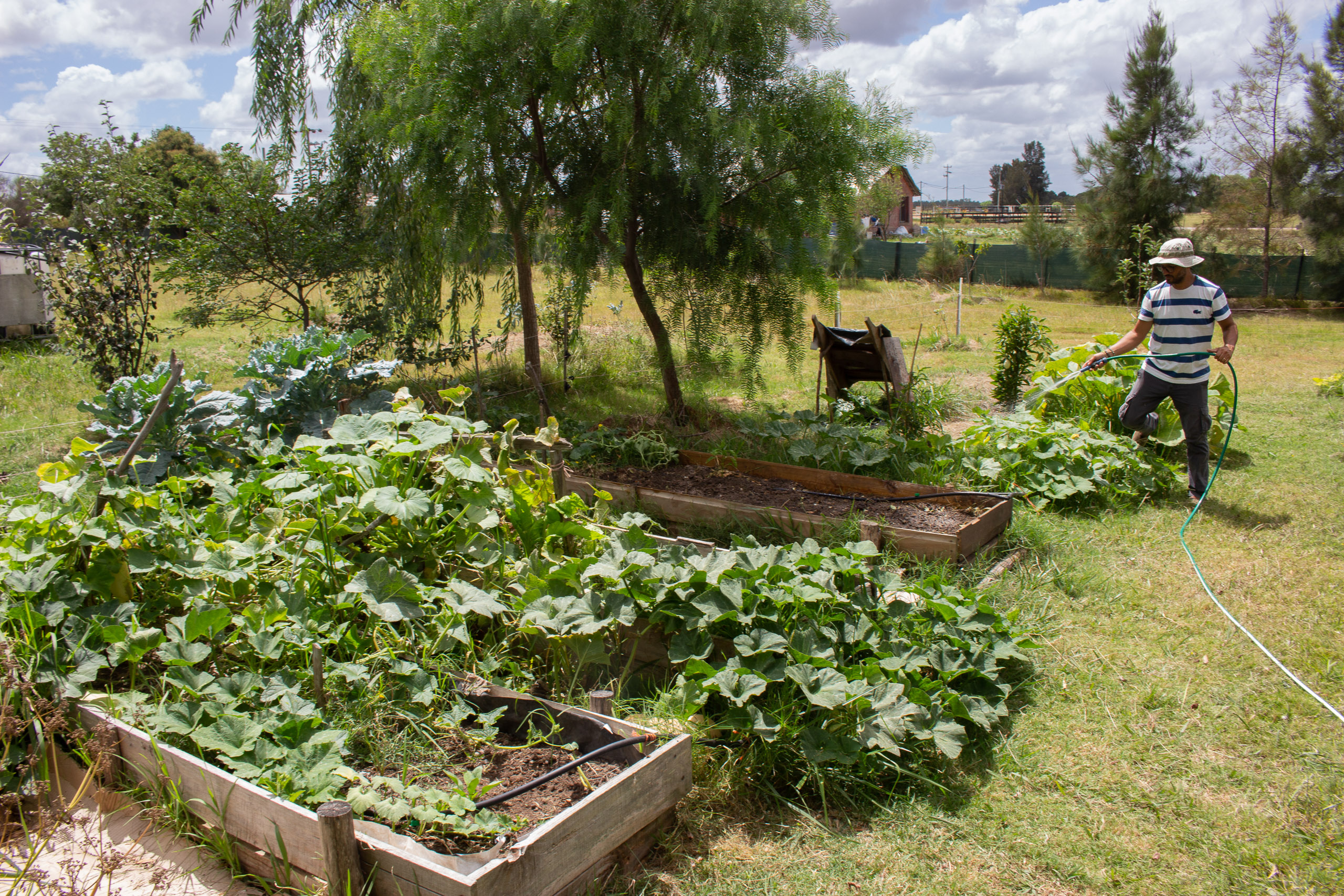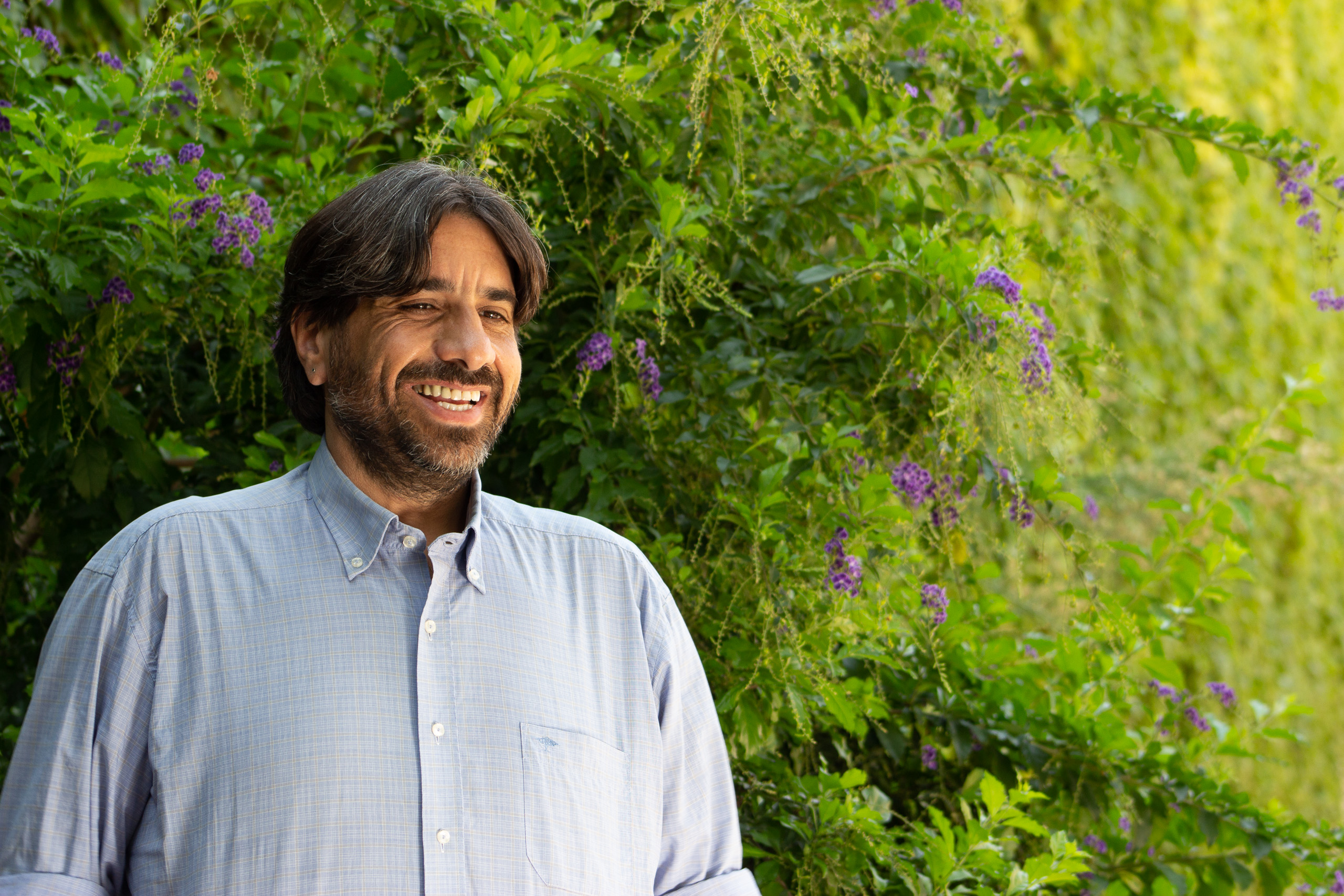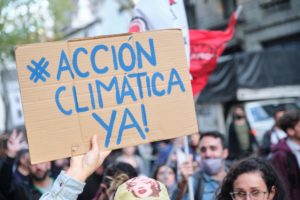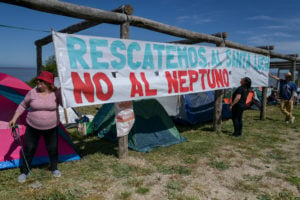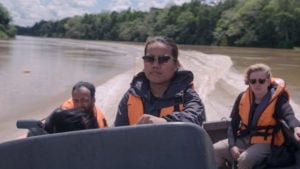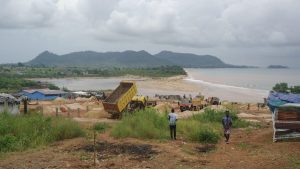To travel between Uruguay’s capital Montevideo and the seaside city of Punta del Este to its east, drivers must follow an almost entirely straight 132-kilometre road for approximately 90 minutes. At rush hour, the trip takes over two hours to complete, causing long queues in both directions on the Avenida General Liber Seregni – or as Uruguayans call it, the Interbalnearia, the “inter-resort” route.
Looking to ease this congestion, Uruguay’s government has over the past year put its weight behind a high-speed motorway project. Set to be the country’s first such road, a route of up to 30 kilometres has been proposed to connect the Interbalnearia and the southern section of Route 8, which links the capital and its metropolitan area – home to 60% of the country’s population – with popular beaches.
The push for a new motorway has been backed by a private consortium of Uruguayan companies that currently maintain the Interbalnearia, who have proposed investing nearly USD 80 million into the project. Their main selling point has been claims it will shave just 15 minutes off the journey from Montevideo to the airport, which lies to the east of the proposed route.
However, the route faced a bumpy journey since its proposal, with communities standing to be impacted by its construction voicing strong opposition – in particular, agroecological farmers who live and work in near the Cisne Lagoon, in the department of Canelones, through which the route was planned to pass.
Doubts have also been raised about the feasibility and cost of the project, with the road becoming a contentious political issue as Uruguay approaches its 2024 elections. Wider opposition also came from authorities in Canelones.
The Ministry of Transport and Public Works (MTOP) had begun to evaluate alternative routes that would not affect family farms, but with each forced change added to the route, the viability of the project was put at stake.
After much speculation and debate, the MTOP announced in mid-April that the project was being shelved, and that following discussions with communities, the solution to congestion would be sought through upgrades to existing roads, and the potential creation of fast lanes.
Never confirmed, widely opposed
No finalised route for the motorway project had been set before it was shelved. Carlos González, an advisor to the Ministry of Transport and Public Works, told Dialogue Earth that “a dozen” alternative routes had been considered, each with its advantages and disadvantages, and that the objective was to minimise the impact on local communities.
Yet the main option, favoured for its proximity to the most populated areas of the country, was set to cross or pass near to hundreds of agricultural and livestock fields, vineyards and stud farms. Construction would also threaten the ecosystems of two nearby watersheds already suffering from pollution problems: the Pando stream and the Cisne Lagoon.
The Cisne is the only natural lagoon in the department of Canelones. It supplies water to grazing animals in the rural settlements located among the motorway’s various proposed routes and to 150,000 families on the so-called Gold Coast. During last year’s water crisis, Montevideo even took water from the lagoon, where an extraction plant managed by the public utility OSE is located.
In 2014, the authorities detected high levels of phosphorus in these waters, a result of the excessive use of agrochemicals on nearby soybean farms, which have since ceased activity in the area. A commission was formed to resolve the problem and, since 2016, a large area beyond the lagoon’s boundaries has been under judicial protection; practices such as fertiliser use are continuously monitored in the area to ensure that phosphorus levels remain within acceptable ranges.
Subsequently, these protections have begun to force agriculture in the basin to shift from monoculture to agroecological methods. This prompted many farms to abandon the area, leaving the remaining operations, mostly family-run, to convert their fields. Now, for any change they seek to make to their land – from installing a pond to applying different materials to crops – inhabitants must seek permission from the courts.
This had been a key point of contention over the road project for community members: they called it a cruel irony that the authorities intended to build a motorway in this largely protected area without consulting them.
Gabriel de Souza is a biology teacher who has been living in the area with his family for almost a decade. Speaking to Dialogue Earth in March, he said the neighbourhood had adapted to the mandated conversion: residents “put money in, they made wells, greenhouses, drinking troughs for the animals that couldn’t drink water from the streams [as they were polluted]. A lot of things, a lot of money, a lot of time and a change in thinking, too. And now they say, you know what? It’s all very nice what you did, but we’re going to run a motorway over you.”
De Souza bought his farm in Sosa Díaz, to the north of the lagoon, with the intention of building a syntrophic forest, which mimics the intricate systems of a naturally occurring forest to enable environmentally positive farming. Like many households in the area, the family created a self-sustaining environment. They started with the recycling of containers in their house and graduated to bio-construction, and the treatment of their own waste.
Today, de Souza’s family and the rest of the basin’s agroecological community sustain themselves on what they grow. They are demonstrating that sustainable, organic cultivation is possible in Uruguay, in contrast to agribusiness practices that have polluted waters in many parts of the country.
Daniel Panario, professor of environmental sciences at the University of the Republic in Montevideo, said that the proposed motorway would have destroyed the way of life of these villages, which he described as “the only valid experiment that has been carried out in Uruguay” dedicated to community-wide “responsible” and “organic” production.
Environmental experts had also raised concerns over the possible impacts the project could have on wildlife, by fragmenting habitats and bringing light pollution.
Panario said that “a road is a barrier for everything… for water, for people and for fauna”. He noted that otters, capybaras, foxes, and the occasional guazubirá, a type of deer, are among animal species that could be affected by a new asphalt motorway. But it is the wildlife that is not as visible to humans – especially amphibians, insects and pollinators – that had him especially worried.
This is because more than 85% of the department of Canelones, through which the motorway was planned to pass, is already heavily affected by artificial light pollution at night (ALAN), partly generated by existing roads, according to the department’s latest environmental report. Such pollution can cause insects to fly directly toward light, bypassing naturally established routes.
Pablo Bianchi is a lifelong resident of the city of Pando, on the outskirts of Montevideo, who runs a vineyard and urban winery behind which the motorway threatened to pass. He said: “There is talk of saving 15 minutes on the trip to Punta del Este, but it would have a very high environmental cost for the little benefit that it would create.”
During the exploratory stages of the project, residents were permitted to express their concerns with councillors of Canelones department in a meeting that lasted just 15 minutes. A channel was also opened at the Canelones mayor’s office so the councillors could represent residents in a dialogue with the Ministry of Transport and Public Works – the ministry to which the residents submitted requests for access to public reports on the area, including where the motorway would have been built.
Calling themselves Guardians of the Basins, a group of residents representing various towns in eastern Canalones wrote a letter about the proposed motorway to Uruguayan president Luis Lacalle Pou earlier this year. It said the project would “destroy the peace” of the area and “the fragile environmental balance of an entire region”.
They also carried out awareness campaigns and protests on the existing Interbalnearia road, and made appeals to the press to give prominence to their concerns around the impacts of roads. Through these efforts, they aimed to draw the attention of vehicles that pass through the area they live in, which they have fought to preserve.
“We are very happy with the statements by minister [José Luis] Falero [of the MTOP] that the construction of the motorway would not go ahead, at least not as planned, crossing the basins of the Pando stream and the Cisne Lagoon,” De Souza told Dialogue Earth after the project’s shelving.
He added: “It seems that our demands were heard. We always had the conviction that these areas could not continue to be degraded in this way, that they are protected and that, ultimately, human beings cannot continue to degrade them with this type of construction.”
A political decision
Marcelo Metediera is the interim head of the Canelones municipality, while his predecessor Yamandú Orsi is standing as a candidate for the Frente Amplio (Broad Front) coalition in this year’s presidential election, scheduled for 27 October. Metediera was also Canelones’ director of transport for four years, and said he found it challenging to separate his personal and professional thoughts on the project.
Metediera acknowledges that some sections of the Interbalnearia have become very developed, necessitating the installation of traffic lights and crossings and morphing the road into an artery akin to a city avenue. On the other hand, he said “there is a need to raise the speed a little more” on the Interbalnearia to appease drivers; while neighbouring countries have set their speed limits as high as 130 km/h in places, Uruguay’s highest is typically 90 km/h. Very few stretches of road allow the national upper limit of 110 km/h.
Metediera told Dialogue Earth that he was ultimately against the project, citing its contentiousness within the local community – a situation he characterised as “a mess”.
Uruguay’s congestion problem, however, is not one that is going away: according to 2022 data, the number of vehicles in the country had grown by more than 60% in the preceding 11 years; as of that year, there were 2.84 million vehicles for 3.5 million Uruguayans. Road upgrades, meanwhile, have not kept up with this rise and stuck to two conventions: keeping each road to two lanes per direction and adhering to existing speed limits.
Attitudes towards limiting roads to only two lanes seem to be shifting as a result of the motorway proposal, De Souza said. He added: “The other thing that seems to have been taken into account is our proposal to decongest traffic via the roads that are already there, such as widening Route 101 and connecting it with Route 8, eliminating the roundabouts and making level crossings, which was also something we mentioned in the letter sent to the minister, the president and the legislative committees.”
The Guardians of the Basin, meanwhile, have said they are satisfied with the result, but added that they will remain vigilant against any future project that could degrade an ecosystem that they have worked so hard to build.



